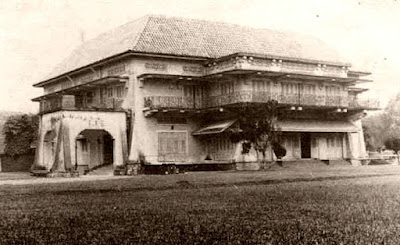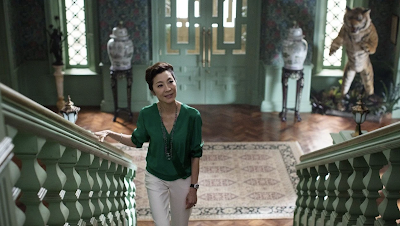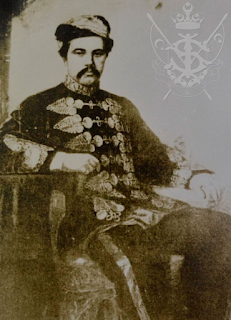Think Again! The Craft of Inquiry (Part 2)

Think Again! The Craft of Inquiry (Part 2) Istana Woodneuk (circa late 1940s), is the younger "sister" palace of Istana Tyersall. Its ruin still stands on the land which used to be known as Tyersall Park In my previous post I wrote about the manuscript submission process and the questions literary agents ask, in particular the question “why does this book need to be published?” The questioning and answering involved in the submissions process led me to think about the art of questioning in other contexts, such as in business and management, where it is an extremely valuable technique when deployed by masterful questioner. I also presented a couple of examples of the answers I came up with in repose to the question "why does this book need to be be published?" However, the most comprehensive answer to this e question of can be found in the Introduction to Palace of Ghosts : in other words, in the book itself. Here is an excerpt from the book’s Introduction. (3) Th





